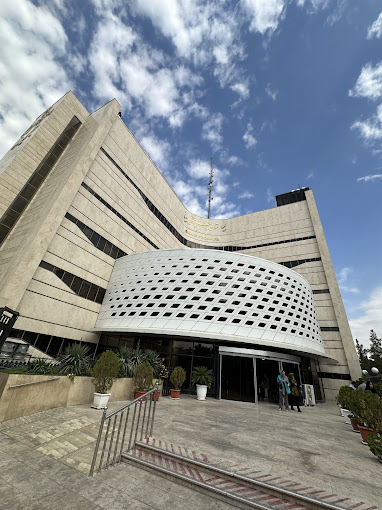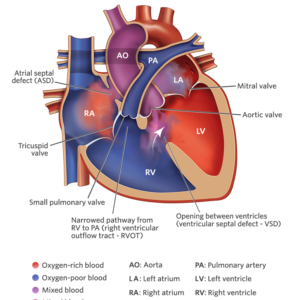Vitrectomy: Clearing the Cloud Within to Restore Vision
Treatment Familiarity:
Vitrectomy is a surgical procedure performed by ophthalmologists (eye doctors) to remove the vitreous humor, the gel-like substance that fills the center of the eye. This surgery is performed to treat various conditions that affect the vitreous or the structures behind it, like the retina and macula. Vitrectomy is a relatively common procedure for addressing sight-threatening problems in the back of the eye.
Procedure Breakdown:
The specific approach for vitrectomy can vary depending on the underlying condition. Here’s a general overview:
- Anesthesia: Local anesthesia with numbing drops or a small injection is typically used, sometimes combined with sedation. In some cases, general anesthesia might be preferred.
- Scleral Incisions: Small incisions are made in the white part of the eye (sclera) to access the vitreous cavity.
- Vitreous Removal: Specialized instruments are used to remove some or all of the vitreous humor.
- Addressing the Underlying Condition: Depending on the reason for surgery, the surgeon may perform additional procedures within the eye, such as:
- Laser treatment for retinal tears or detachments.
- Removal of scar tissue or foreign objects.
- Injecting medications or gas bubbles into the vitreous cavity.
- Closure: The incisions are meticulously sutured (stitched) closed.
Suitable Candidates:
Vitrectomy can benefit individuals experiencing:
- Vitreous Opacities: Floaters or cloudiness in the vitreous humor that obstruct vision.
- Retinal Detachment: When the retina pulls away from the underlying tissue, causing vision loss.
- Macular Degeneration (wet type): Abnormal blood vessel growth in the macula, the central part of the retina responsible for sharp central vision.
- Endophthalmitis: Severe eye infection within the vitreous cavity.
- Trauma: Removal of foreign objects or blood clots from the vitreous cavity after eye injuries.
Who Might Not Be a Candidate?
Vitrectomy may not be suitable for everyone. It’s generally not recommended for:
- Individuals with active eye infections: Infection increases surgical risk.
- People with severe medical conditions: Severe health problems that could increase surgical risk may make someone a poor candidate.
- Patients with very poor vision: If the underlying condition has already caused significant vision loss, vitrectomy may not be able to restore much vision.
Advantages of Vitrectomy:
- Improved Vision: By removing obstructions in the vitreous or treating conditions affecting the retina, vitrectomy can significantly improve vision.
- Preserving Vision: Early intervention with vitrectomy can help prevent vision loss from conditions like retinal detachment.
- Minimally Invasive Techniques: Advancements in surgical techniques have made vitrectomy a minimally invasive procedure with faster recovery times.
Potential Complications:
- Bleeding: Minor bleeding can occur during or after surgery.
- Infection: Although uncommon, infection is a potential complication requiring prompt antibiotic treatment.
- Cataract Formation: Vitrectomy can increase the risk of developing cataracts later in life.
- Retinal Tears: There is a small risk of creating new retinal tears during surgery.
- Increased Eye Pressure: Glaucoma, a condition of increased pressure within the eye, can develop after surgery.
- Vision Changes: Temporary blurred vision or fluctuations in vision are common after surgery. Vision restoration may not be complete.
Preoperative Care:
- Comprehensive eye exam to assess the condition of the vitreous, retina, and overall eye health.
- Imaging tests like optical coherence tomography (OCT) may be used for detailed evaluation.
- Discussion of risks and benefits of vitrectomy with your ophthalmologist.
- Medical evaluation to ensure you can undergo surgery safely.
- Stopping certain medications that could increase bleeding risk.
Postoperative Care:
- Eye drops or ointment to prevent infection and inflammation.
- Wearing an eye patch or shield for a short period to protect the surgical site.
- Avoiding strenuous activity for a period of time.
- Regular follow-up appointments with your ophthalmologist to monitor healing, vision improvement, and address any concerns.









Reviews
There are no reviews yet.